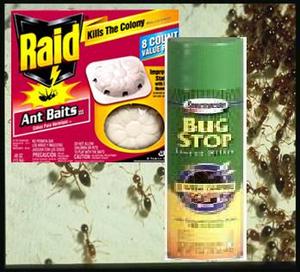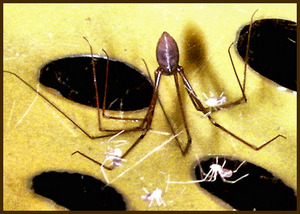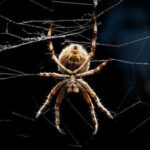If you or a member of your family was bitten by an insect but you did not notice the bug, you will have to get some help in identifying insect bites. To identify an insect bite properly, you must look at a couple of different indicators or symptoms. The following 10 tips will help you to identify the bug that bit you.
The first thing you need to do check the bite in case the insect such as an ant is still attached to the skin. Some insects remain attached to the bite region instead of letting go, such as a tick and some flies.
Now check the clothing near the area of the bite, in case the insect is still trapped in the clothing. This is important to do to make sure that no more bites will occur.
If you find no insect in the clothing, the next thing you should do is keep an eye on the bitten area for a few hours in hopes of discerning the insect. There is one bite that will be almost unmistakably, the bite of the black widow and the brown recluse. These bites turn deep reddish purple almost immediately after being bitten. Sometimes identifying insect bites is like finding a needle in a hay stack because the insect world is full of imposters. Some insect bites mimic other insect bites, so if there are severe reactions in either the wound area or the person who was bitten, you need to seek medical attention immediately.
Most commonly a raised welt is seen and this is normal with most insects but can also be a pathological reaction such as a cyst, so you need to look closely at the wound itself for fang or bite marks. To see if there is fang marks use a magnifying glass.
Some insect bites are extremely painful but the bug is almost invisible to the person who was bitten. Such is the case with bed bug bites. Look for red and swollen areas in pimple size bites. Sadly these bites can also be from mosquitoes, so identifying bed bug bites is much harder.
A very important thing to do if at all possible is to take a photograph of the bite as soon as possible, this will be a great aid to a doctor should you visit for a bite. If you see a bull’s-eye mark around the bite, this will most assuredly mean you were bitten by a tick. This is a dangerous situation and should be attended to immediately as tick bite can cause Lime Disease.
Sometimes it is harder to decide which insect may have attacked you when identifying insect bites. If your legs and arms suddenly look like you have been shot with pellets this may mean you have been bitten by fleas. One way to distinguish these bites as flea bites is that fleas tend to bit in multiples.
If your bites look like small raised pimples this very well can mean you have been bitten by fire ants. Some people are very susceptible to the toxins and should see a Doctor as soon as possible.
Another of the insect bites to learn how to identify is for those people who live in the Southern states and is from the Puss Caterpillar. If you see a mark on your arms or legs that looks a bit like a boats tread mark this is a very sure sign you have been stung. The venom in the Puss Caterpillar is located in the hairs on the caterpillar’s body. If you feel a sharp stinging sensation, while outside you have likely been stung by either a bee or a wasp. The reactions are normally slight swelling in the sting region. All these mentions about identifying insect bites are general information only , and only a trained professional can truly tell what insect bites you may be suffering from so always go to a doctor is you are feeling sick to your stomach, experiencing trouble breathing or have any swelling in eyes or throat.
If at all possible if the insect that has bitten you has been found, preserve it in an enclosed jar or container. This will be most helpful for the Doctors to see so that they will be able to prescribe the right treatments and medicines.




